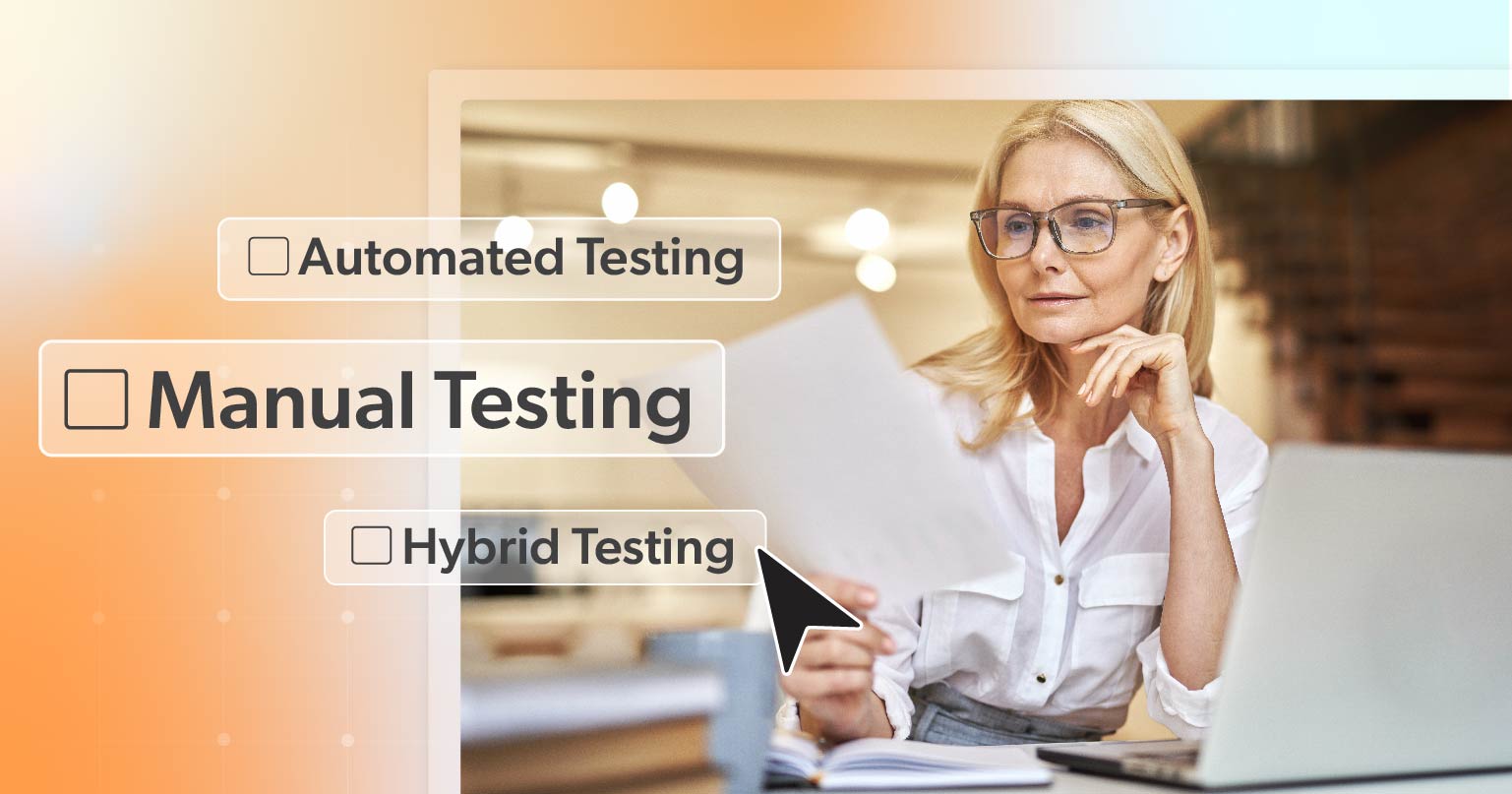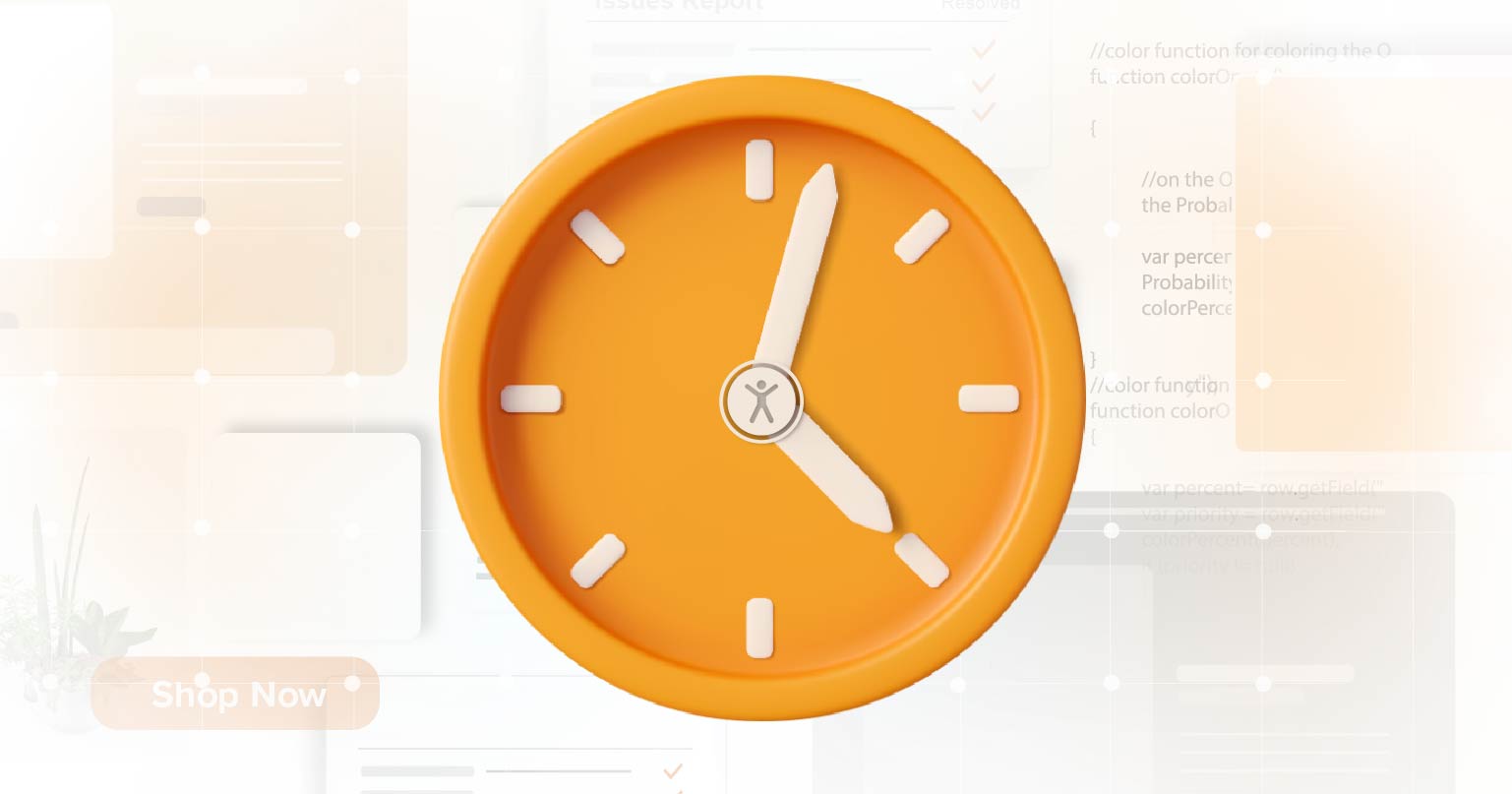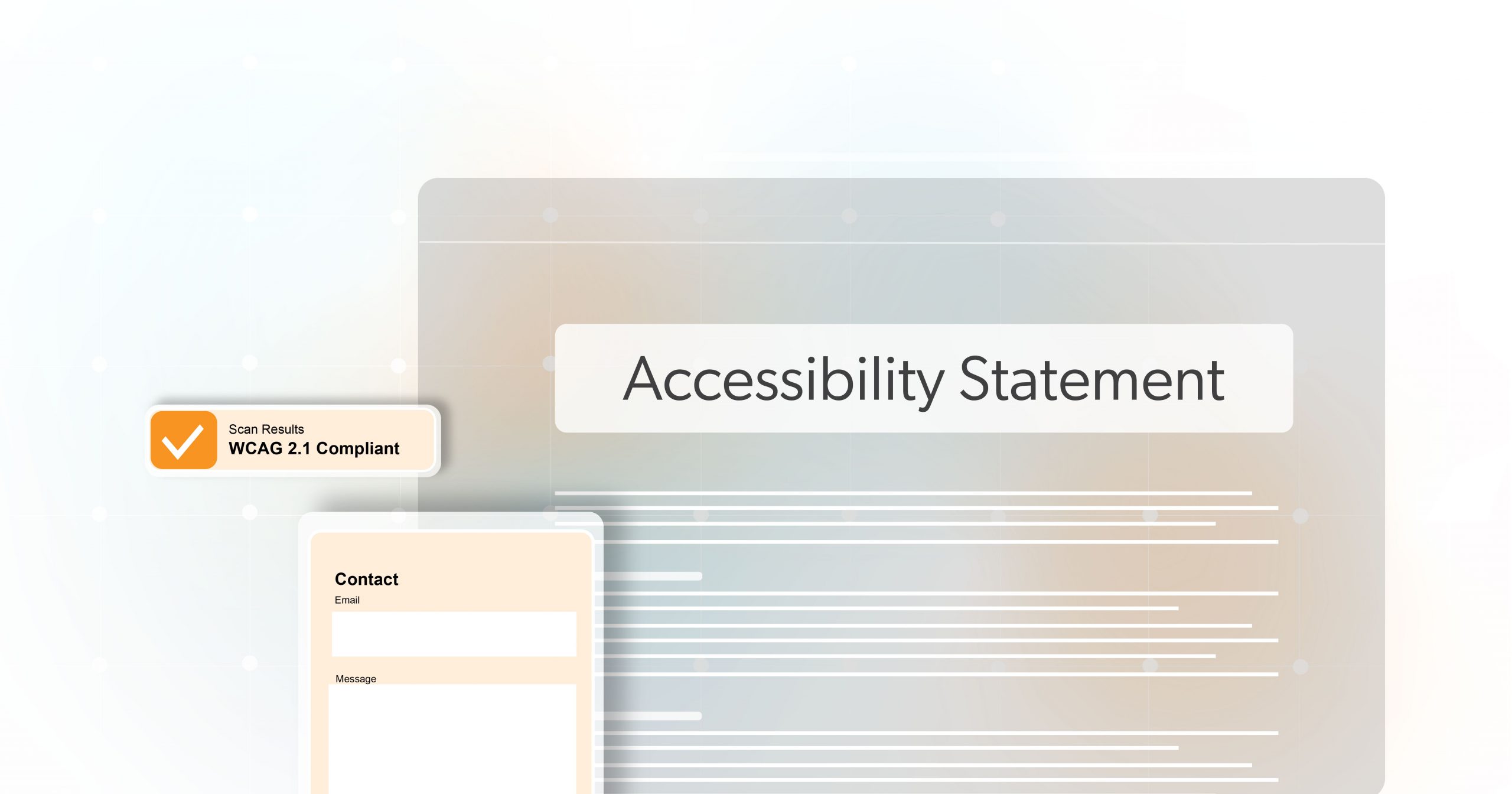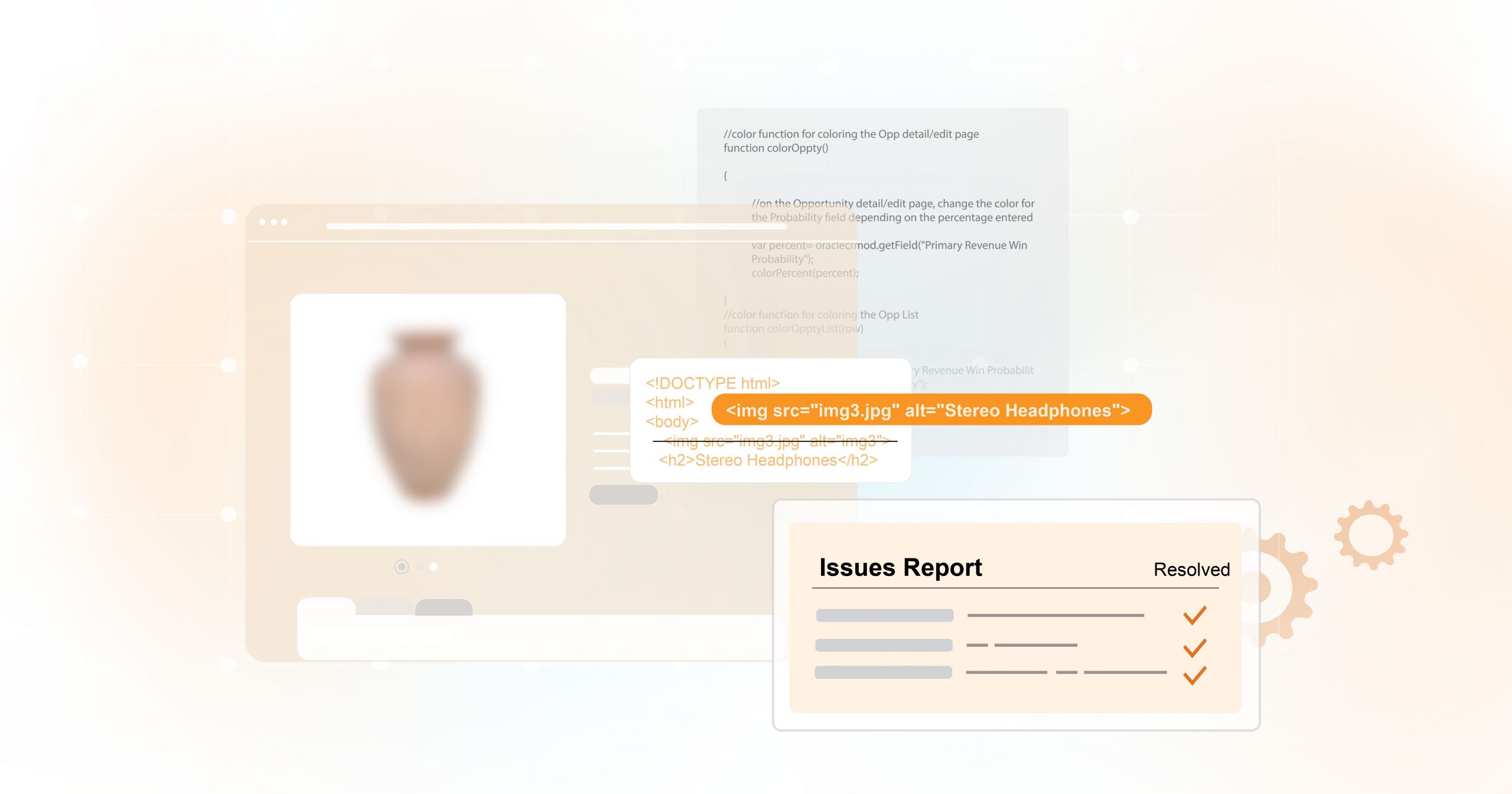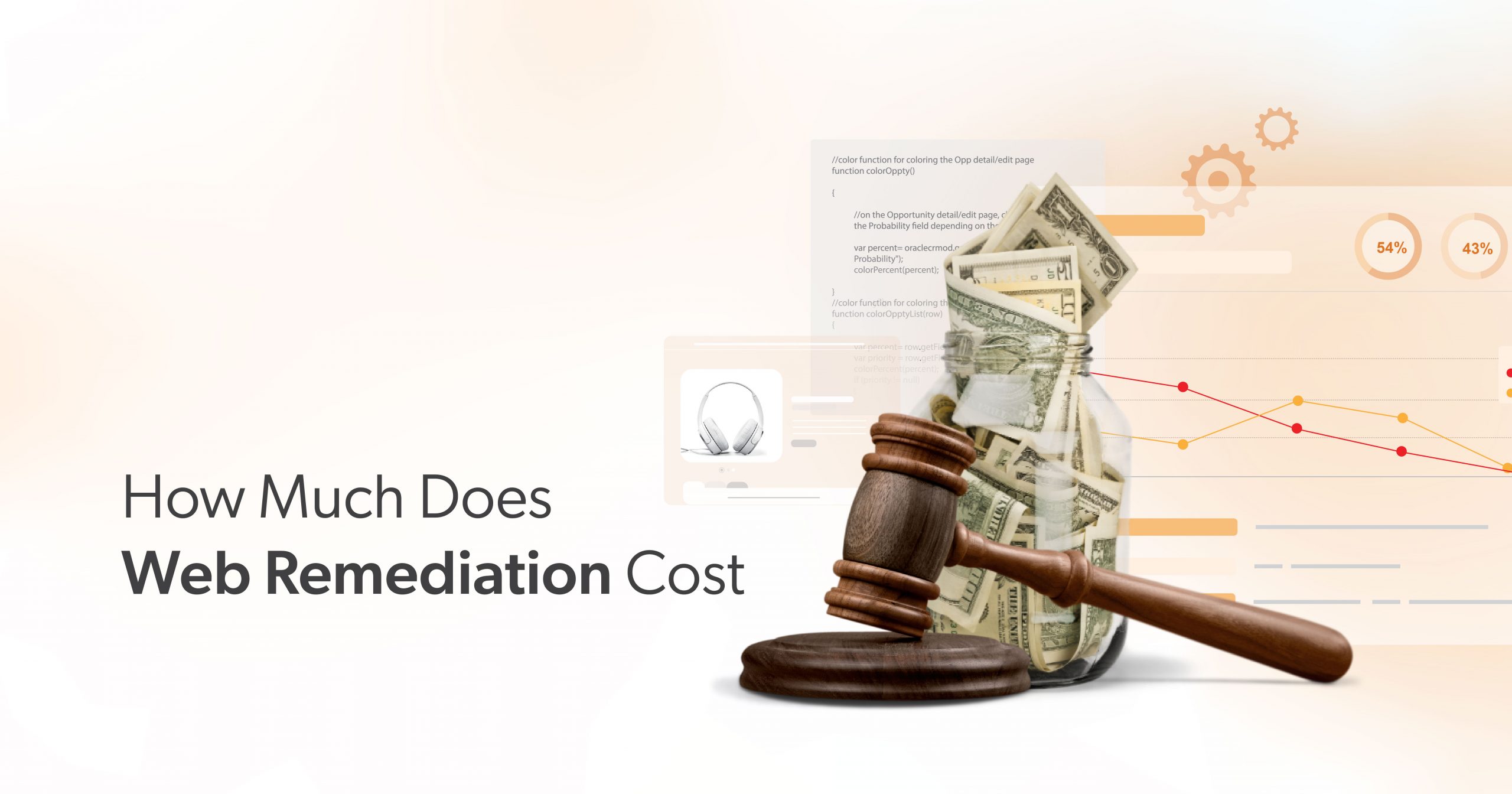When you think about your website, what comes to mind? Maybe it’s the design, the layout, or the content. But how often do you think about how accessible your website is to everyone, including people with disabilities? Web accessibility is not just a nice-to-have; it’s a must-have. This is where user testing comes into play. Let’s dive into what website user testing is, how it benefits web accessibility, and why it should be an essential part of your web development process.
What is Website User Testing?
Website user testing is like putting your website under a microscope to see how well it performs for real users. It involves having actual people—who could be potential users of your site—interact with your website to see how easy it is to navigate, how intuitive the design is, and how well it meets their needs. But it’s not just about looking good or being easy to use; it’s also about making sure everyone can access and use your site, no matter their abilities.
Think of it this way: You wouldn’t launch a product without testing it first, right? The same goes for your website. User testing helps you catch any issues or barriers that might prevent users from having a smooth and enjoyable experience on your site. It’s vital for web accessibility because it ensures that your website is usable for people with disabilities, which is crucial for web compliance.
How is User Testing Beneficial for Web Accessibility?
Now that we know what user testing is let’s talk about how it benefits web accessibility. Web accessibility is all about making sure that people with disabilities can use your website just as easily as anyone else. This includes people who are blind or have low vision, those who are deaf or hard of hearing, people with mobility impairments, and others.
Identifying Accessibility Barriers
One of the biggest benefits of user testing for web accessibility is that it helps you identify barriers that might prevent people with disabilities from using your site. For example, during testing, you might discover that your website’s navigation is difficult to use with a screen reader, or that your color scheme doesn’t provide enough contrast for people with low vision. These are things that might not be obvious if you’re not using assistive technologies yourself, but they can make a huge difference for someone who is.
Improving User Experience for All
Another benefit of user testing for web accessibility is that it can actually improve the user experience for everyone, not just people with disabilities. For example, adding alt text to images is crucial for people who use screen readers, but it’s also helpful for users who have slow internet connections and can’t load images. Similarly, making sure your site is keyboard navigable isn’t just important for people with mobility impairments—it can also make your site easier to use for anyone who prefers keyboard shortcuts.
Ensuring Legal Compliance
In the United States, web accessibility isn’t just a best practice—it’s also a legal requirement under the Americans with Disabilities Act (ADA). Failing to make your website accessible can lead to legal challenges and fines. By incorporating user testing into your web development process, you can ensure that your site meets the necessary accessibility standards and is compliant with the law.
Accommodating a Range of Assistive Technologies
When we talk about web accessibility, it’s important to remember that people with disabilities use a variety of assistive technologies to navigate the web. These technologies include screen readers, voice recognition software, alternative input devices, and more. To ensure your website is accessible to everyone, you need to make sure it works well with these tools.
Screen Readers
Screen readers are software programs that read the text on a screen out loud, allowing people who are blind or have low vision to access content. During user testing, it’s important to check that your website is compatible with popular screen readers like JAWS or NVDA. This includes making sure that all images have descriptive alt text, that form fields are properly labeled, and that the site is navigable using keyboard commands.
Voice Recognition Software
Voice recognition software allows people to control their computer and enter text using their voice. This can be especially helpful for people with mobility impairments. To accommodate these users, your website should have clear and simple navigation that can be easily controlled by voice commands. During testing, make sure to check that your site’s forms and menus can be accessed using voice commands.
Alternative Input Devices
Some people use alternative input devices, such as switch systems or eye-tracking technology, to navigate the web. These devices allow users to control their computers in non-traditional ways, such as by pressing a switch or moving their eyes. To make your site accessible to these users, it’s important to ensure that all interactive elements, such as buttons and links, are easy to access and operate.
Accommodating these and other assistive technologies is a crucial part of web accessibility, and user testing is the best way to make sure your site is up to the task.
What is the User Testing Process?
So, how do you actually go about user testing your website for accessibility? Here’s a simple, step-by-step process that you can follow:
Planning
Start by defining your goals for the user testing process. What do you want to learn? Are you testing a new feature, or are you trying to identify accessibility barriers? Decide which users you want to include in the testing process. It’s important to include people with a variety of disabilities, as well as people who use different assistive technologies.
Recruiting Testers
Once you’ve defined your goals, it’s time to recruit testers. Look for people who represent your target audience, including people with disabilities. You can reach out to organizations that work with people with disabilities, or you can use online platforms that connect you with testers.
Conducting the Tests
During the testing process, have your testers complete specific tasks on your website. For example, you might ask them to navigate to a particular page, fill out a form, or find specific information. Make sure to observe how they interact with your site and ask for feedback on their experience. It’s also important to test your site with a variety of devices and browsers, as accessibility issues can vary depending on the platform.
Analyzing the Results
After the tests are complete, analyze the results to identify any accessibility barriers or usability issues. Look for patterns in the feedback and prioritize the issues that are most critical to address.
Making Improvements
Based on the results of the testing, make the necessary improvements to your website. This might include adding alt text to images, adjusting the color contrast, or making your forms more accessible. Once you’ve made these changes, it’s a good idea to conduct another round of testing to make sure the issues have been resolved.
Ongoing Testing
Web accessibility is not a one-time effort—it’s an ongoing process. As you add new features or content to your site, continue to conduct user testing to ensure that your site remains accessible to everyone.
Best Practices for Web Accessibility Testing
To get the most out of your user testing efforts, here are some best practices to keep in mind:
- Include Diverse Testers: The more diverse your group of testers, the more comprehensive your accessibility testing will be. This includes people with a variety of disabilities and those who use different assistive technologies.
- Test Early and Often: Don’t wait until your website is finished to start testing. Incorporate user testing throughout the development process to catch accessibility issues early.
- Use Realistic Scenarios: When conducting user tests, create realistic scenarios that your users might encounter on your site. This will give you a better sense of how your site performs in real-world situations.
- Document Everything: Keep detailed notes on the testing process, including the issues that were identified and the changes that were made. This will help you track your progress and ensure that accessibility remains a priority.
- Stay Up-to-Date: Web accessibility standards and technologies are constantly evolving. Stay informed about the latest developments and update your testing process accordingly.
Conclusion
User testing is a critical part of creating a website that is accessible to everyone. By incorporating accessibility testing into your web development process, you can ensure that your site meets the needs of all users, including those with disabilities. Not only does this improve the user experience, but it also helps you stay compliant with legal requirements and build a more inclusive online presence.
Remember, web accessibility is an ongoing journey, not a one-time task. Make it a priority to continuously apply best practices and conduct regular user testing. For personalized guidance on achieving web accessibility compliance, schedule a complimentary ADA strategy briefing with 216digital today. Let’s ensure your website is welcoming and usable for everyone.


